We really like Sony NEX cameras. They're easy to use and – thanks to their huge sensors – deliver the best image quality in low-light of any compact system camera (CSC) range. However, the entry-level models (with a 3 in the product name) have tended to be overshadowed by the more stylish and feature-packed mid-range models such as the superb Sony NEX-5R .
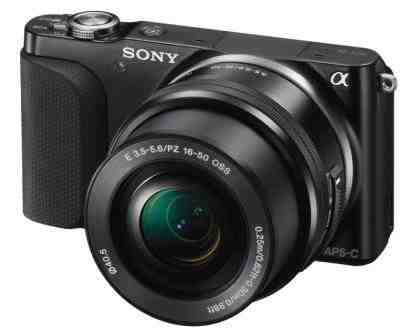
In our initial review of the Sony NEX-3N we criticised its display, we have since then been made aware of a menu option to boost screen brightness and have re-rated this camera accordingly.
DESIGN
The NEX-3N looks set to change this precedent. For one thing, the price is incredibly low, available for as little as £320 – that's over £100 less than previous entry-level models at launch. Even better news is that the relatively bulky 18-55mm kit lens has been ditched in favour of the smaller, lighter 16-50mm lens that we first saw on the Sony NEX-6 . It's sharper into the corners than the 18-55mm lens, and the smaller design makes the 3N the most pocket-friendly NEX to date. The zoom function is motorised, which allows it to collapse down when not in use. At 71mm from the lens cap to the LCD screen, this camera will just about fit into sensible trouser pockets, and nestles comfortably in coat pockets, handbags and manbags.
We like to have a lens ring for zooming but other people prefer a compact-style zoom lever. Fortunately, this camera and lens combination offers both. The lens ring isn't a direct mechanical connection to the zoom mechanism, but its action responds quickly and convincingly to fast and slow twists. The ring switches to focus duties when manual focus is selected, with zoom still available on the lever.
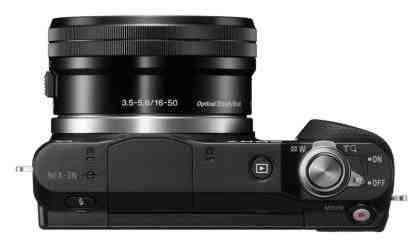
Various features have been trimmed out compared to the NEX-5R, which currently sells for around £420, or £430 with the 16-50mm lens. There's no Wi-Fi, and the LCD screen isn't touch-sensitive. Moving the autofocus point using the navigation pad is much slower than on the 5R's touchscreen. Still, these are luxuries that we could live without. There's no command dial or Fn button, but as with previous models, it's possible to reconfigure the rear controls to gain quick access to six user-defined settings. Pressing the centre button calls up an on-screen mode dial, adjusted via the rear wheel – we'd prefer a dedicated dial but this comes a close second.
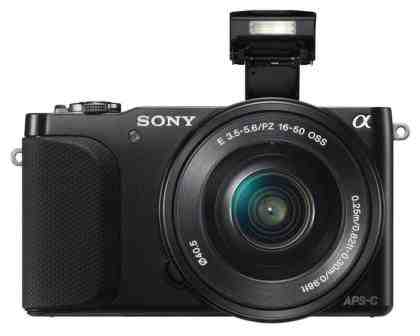
It also lacks the 5R's magnesium alloy body. Its plastic shell isn't as svelte or as stylish but it still feels tough and durable. On the upside, the flash is integrated, which is much more practical than the 5R's clip-on unit. As with the Panasonic GF6 , this pop-up flash can be tilted back and up to bounce light off the ceiling, giving a more diffused, flattering light than direct flash.
PERFORMANCE
It was quick to focus, at less than half a second between pressing the shutter button and capturing a shot. It took 0.8 on average between shots – not a bad result but the Panasonic GF6 is faster. It was better in continuous mode, capturing 11 frames at 4fps before slowing only slightly to 3.4fps. However, updating the autofocus between each shot saw this performance plummet to 1.2fps.
CSC Shootout - SPEED TEST - Sony NEX-3N, Olympus Pen E-PM2, Nikon S1 and Panasonic GF6
Here we compare shooting speed, single drive and continuous (JPEG and RAW) between the four current budget CSCs
DISPLAY
The biggest difference is the quality of the LCD screen. At 460,800 dots it's not as detailed as the 5R's 921,600-dot screen. More importantly, it suffers badly from reflections when used in bright conditions. The screen can tilt up by 180 degrees for waist-level shooting and self-portraits, but even with it facing directly towards us, it was tricky to see outdoors, and virtually impossible in direct sunlight.
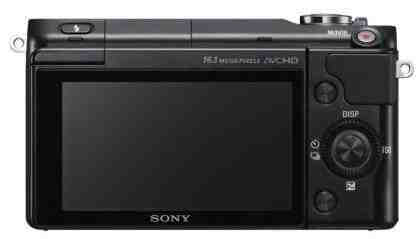
Thankfully, the situation improved once we'd been alerted to a Sunny Weather mode hidden away in the camera's Setup menu. This boosts the screen's brightness, and although the reflections were still there, they no longer overpowered the screen's image. Sunny Weather mode is likely to be a big drain on the battery, but at 480 shots in normal use, battery life is longer than average to start with – rival CSCs' batteries last for between 220 and 360 shots. It's a bit of a hassle switching in and out of Sunny Weather mode but you could just leave it permanently on.
IMAGE QUALITY
CSC Shootout - IMAGE QUALITY TEST - Sony NEX-3N, Olympus Pen E-PM2, Nikon S1 and Panasonic GF6
Here we compare image quality, in numerous scenarios, between the four current budget CSCs. Click through to YouTube and view at 1080p for 1:1 pixel comparisons
The 3N has the potential to take gorgeous photos. Its JPEGs are vibrant and detailed, and there's automatic correction for vignetting and chromatic aberrations. As with the other 16-megapixel NEX cameras, noise levels are impressively low. There was a slight loss of detail to fine textures at ISO 1600 due to noise reduction, but noise only became clearly visible in JPEGs at ISO 6400. Rival CSCs are closing the gap but the NEX system still comes top for low-light image quality. We noticed a tendency to under-expose high-contrast scenes, but the JPEG processing did a decent job of boosting the shadows to reveal details.
Outdoor scenes are bursting with colour and detail
The new kit lens is better than the older, bulkier one for sharpness into the edges of frames
Low-light image quality is still the NEX's strongest suit – there's barely any noise here and still lots of detail
The video mode is well specified, with 1080p or 1080i shooting at 25fps and full control over exposure settings for those who want it. Picture was excellent in bright conditions but was noisy in low light.
CSC Shootout - VIDEO QUALITY TEST - Sony NEX-3N, Olympus Pen E-PM2, Nikon S1 and Panasonic GF6
Here we video quality, outdoors and indoors, between the four current budget CSCs. Click through to YouTube and view at 1080p for 1:1 pixel comparisons
CONCLUSION
The pocket-friendly design, superb image quality and remarkably low price are a tempting combination. We initially found that the screen reflections took the enjoyment out of using it outdoors, but once we'd located the Sunny Weather setting, this stopped being a problem. We still prefer the more feature-packed Panasonic GF6 and NEX-5R (or the just-announced NEX-5T which adds NFC to the 5R for easier connections to other devices). However, if your budget won't stretch that far, the NEX-3N is a great choice.

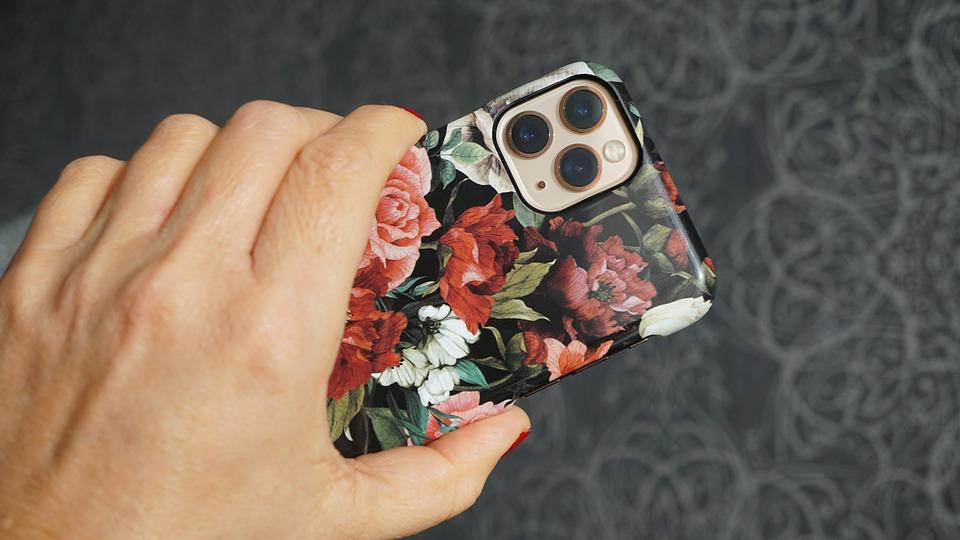
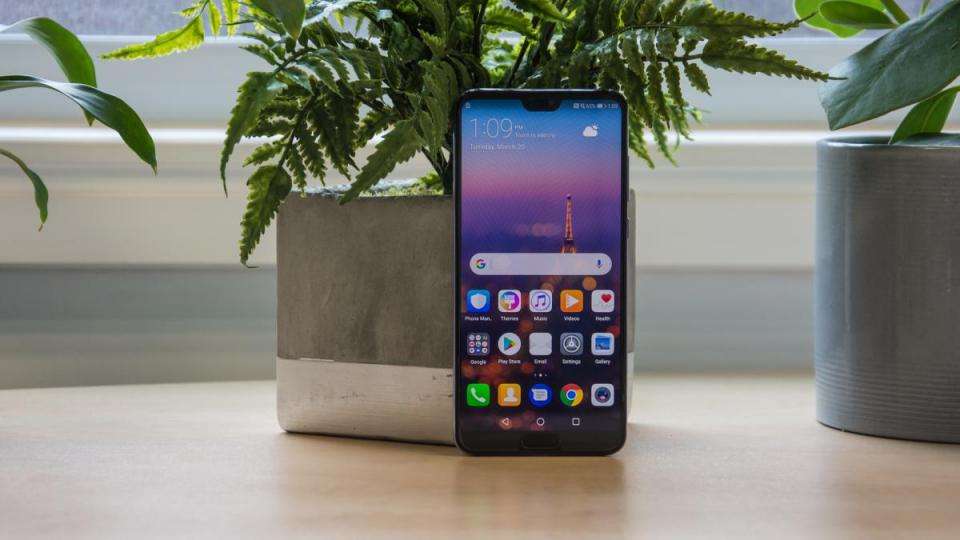
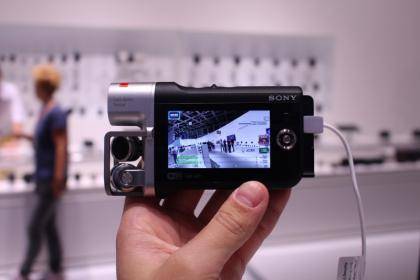
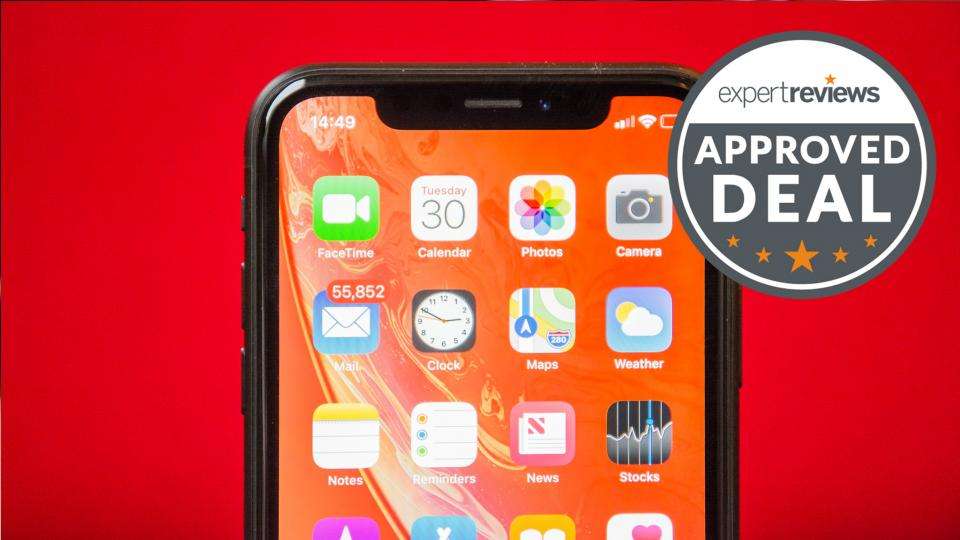
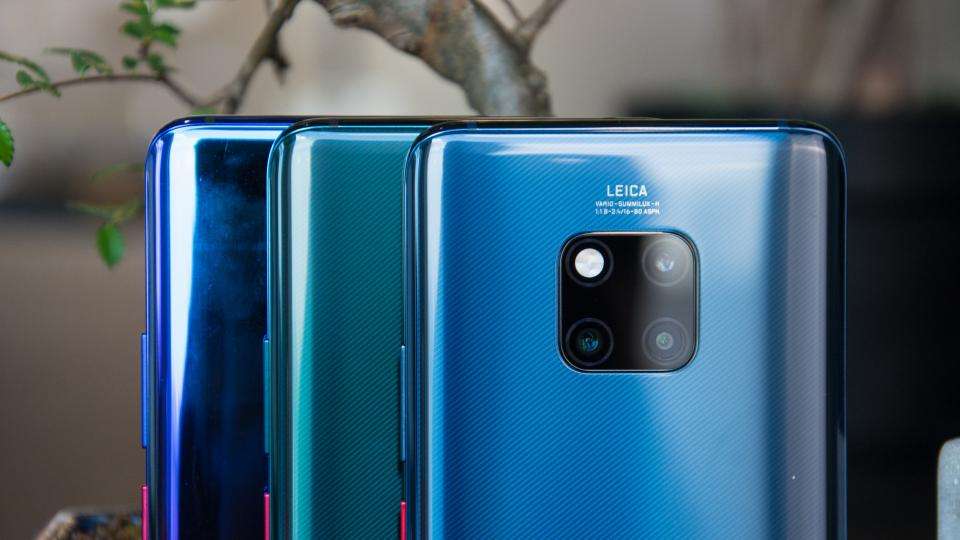
Leave a Reply